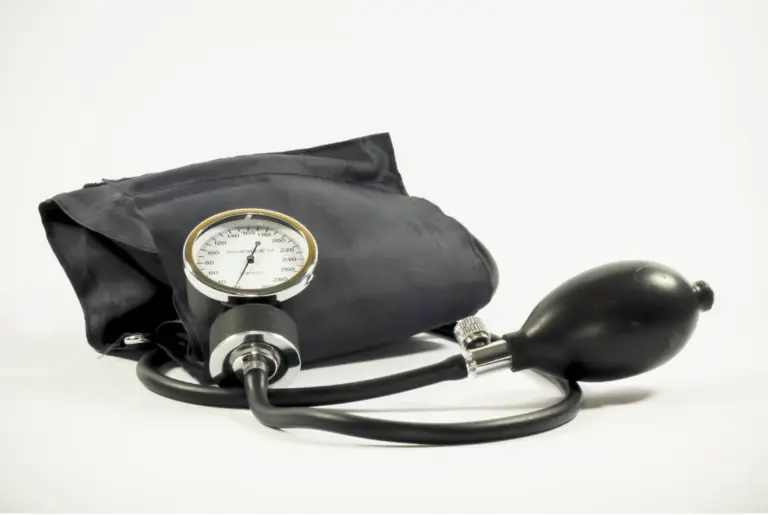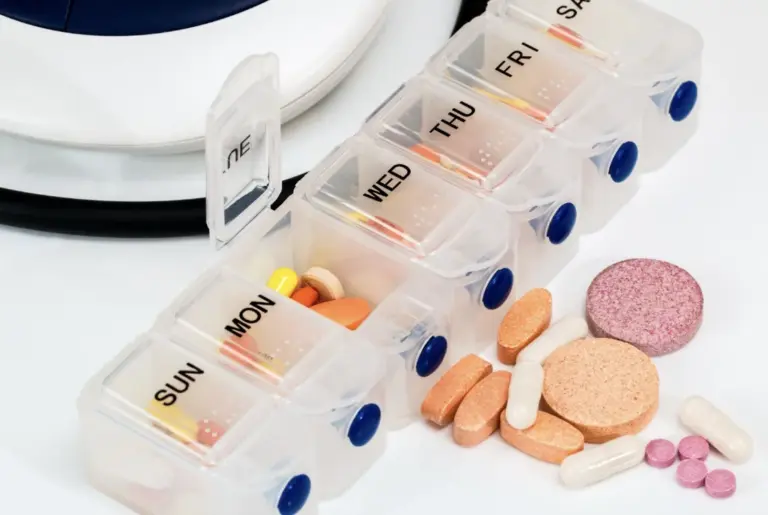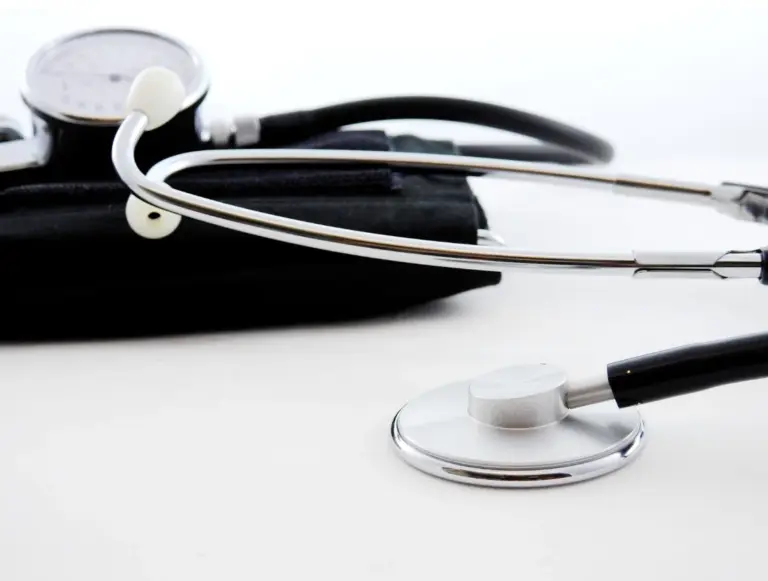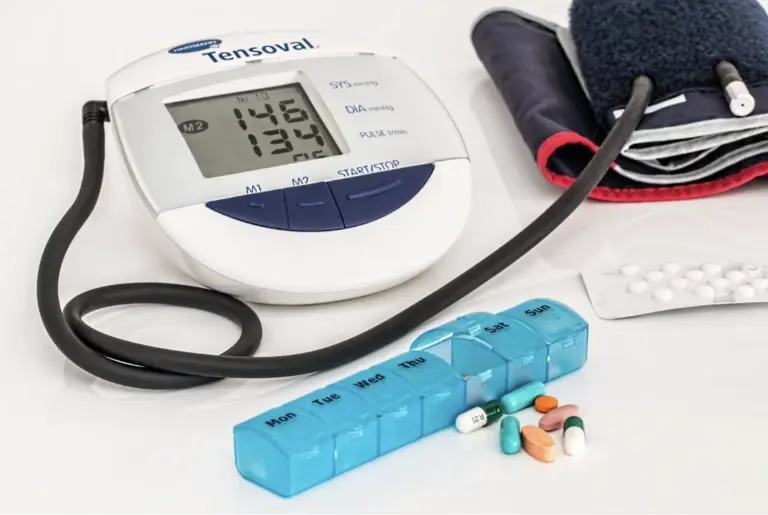When the force of blood pushing against the walls of the arteries is high, this condition is known as high blood pressure (BP). Also called hypertension, this chronic lifestyle condition affects millions of people worldwide. While many live with hypertension without severe complications, there are instances where blood pressure levels can spike dangerously high, leading to medical conditions known as hypertensive urgency and hypertensive emergency. While they both sound similar, there is a fine line of difference between hypertensive emergency and urgency.
What is Hypertension?
The normal blood pressure reading is 120/80 mmHg. However, during hypertension, the blood pressure levels can shoot up to 180/120 mmHg. If left unmanaged, hypertension can cause severe cardiovascular health complications, such as heart diseases like atherosclerosis, heart attacks, strokes, or kidney failure.
High blood pressure can creep up on individuals in unexpected ways. Therefore, it is not surprising that this condition is called a ‘silent killer’, because its symptoms do not come to the fore until it’s too late. Elderly individuals, those with a family history of high blood pressure, people with comorbidities, including diabetes, high cholesterol, or obesity, people leading a sedentary lifestyle, or consuming excess salt, tobacco, or alcohol – these groups are at a high risk of hypertension.
People with very high blood pressure (say, 180/120 mmHg) experience the following symptoms:
- Severe headaches
- Chest pain
- Dizziness
- Blurry vision or any other vision changes
- Vomiting
- Nausea
- Difficulty breathing
- Nosebleed
- Anxiety
- Arrhythmia or an irregular heart beat
A hypertensive crisis is life-threatening. It can be of two types – hypertensive urgency and hypertensive emergency.
Hypertensive Urgency
Hypertensive urgency occurs when a patient’s blood pressure levels spikes to dangerous levels, as high as 180/120 mmHg without causing any acute or immediate organ damage. Obesity, history of cardiovascular diseases, smoking, diabetes, and non-compliance to antihypertensive medications, are the primary causes behind a hypertensive urgency. Males, older patients, and people of Afro-Caribbean origin, are more likely to be diagnosed with this condition.
Patients exhibiting this condition have mild symptoms, such as laboured breathing (dyspnea), nosebleeds (epistaxis), or headaches. Despite the lack of life-threatening symptoms, hypertensive urgency contains significant risk factors for progressive end-organ damage in the forms of chronic kidney disease or congestive heart failure. It is a warning sign requiring prompt medical attention to prevent it from escalating into a more serious condition.
Hypertensive Emergency
In the case of a hypertensive emergency, the blood pressure levels exceed 180/120 mmHg, accompanied by end-organ damage, such as stroke, kidney damage, heart failure, or myocardial infarction (heart attack that takes place when the organ doesn’t receive enough oxygen). Non-compliance with antihypertensive medications and the use of sympathomimetics (drugs that mimic the stimulation of the sympathetic nervous system) are two of the most common causes, which lead to a rapid rise in the blood pressure beyond the body’s innate autoregulation capacity.
People experiencing hypertension-induced end-organ damage undergo certain symptoms, which include –
- Hypertensive encephalopathy (brain dysfunction caused by high blood pressure)
- Intracerebral haemorrhage
- Ischemic stroke
- Left ventricular failure with pulmonary edema
- Unstable angina pectoris (chest pain when the heart doesn’t receive enough oxygen)
- Acute renal failure
- Dissecting aortic aneurysm, and
- Eclampsia (occurs when a pregnant person with preeclampsia begins having seizures).
Treatments for a hypertensive emergency should start immediately without waiting for further tests. The blood pressure levels need to be lowered immediately with parenteral medications (injected into the tissues and circulatory system) in an intensive care setting. However, excessive fall in blood pressure may lead to renal, cerebral, or coronary ischemia. Therefore, the initial aim is to reduce the mean arterial BP by no more than 25% in the first hour. If the patient remains stable, the BP can further be reduced to 160/100 mmHg within the next 2-6 hours. Normal BP may be targeted over the next 24-48 hours. In fact, in all cases, blood pressure should be lowered gradually to prevent dysfunction of the brain from low perfusion (movement of blood throughout the body).
Key Differences Between Hypertensive Urgency and Emergency
Hypertensive urgency vs emergency is an on-going debate. The key difference between hypertensive emergency and urgency lies in the condition’s severity.
- Hypertensive urgency is a sudden increase in blood pressure without any evidence of organ damage, whereas hypertensive emergency consists of acute, life-threatening organ damage.
- While hypertensive urgency may be asymptomatic or present with mild symptoms, hypertensive emergency is present with severe symptoms of chest pain or neurological deficits.
- Hypertensive urgency requires prompt but no immediate attention. However, a hypertensive emergency requires immediate attention to reduce the mortality risk.
Prevention and Long-Term Management
No matter the difference between hypertensive emergency and urgency, effective management of chronic hypertension is key to prevent these extreme situations. Some long-term management and prevention strategies to lead a long and healthy life include the following:
- Monitor your blood pressure regularly to make lifestyle modifications and adjust medications as necessary. Keeping track of your blood pressure daily also helps in identifying the onset of related chronic conditions so it can be diagnosed and treated in the early stages.
- Lifestyle changes are the need of the hour to lead a healthy lifestyle. This includes several factors, namely – getting 7-8 hours of adequate sleep, eating a balanced and heart-healthy diet, staying hydrated, and working out daily to manage your weight. It is recommended to refrain from consuming alcohol, tobacco, and fried, oily, junk foods that contain excess sodium.
- Ensure that prescribed antihypertensive medications are taken as directed and not discontinued without consulting a medical professional.
- Stress and hypertension are interconnected. Therefore, maintaining a work-life balance and practising yoga or meditation to calm your mind is necessary to keep stress at bay.
Conclusion
Understanding the difference between hypertensive emergency and urgency is imperative for effective management and timely intervention. After a detailed know-how of hypertensive urgency vs emergency, individuals can take proactive measures to manage hypertension for their well-being.
Disclaimer
The information contained in this article is to educate, spread awareness in relation to hypertension and other diseases to the public at large. The contents of this article are created and developed by BPinControl.in through its authors, which has necessary, authorisations, license, approvals, permits etc to allow usage of this articles on The Website. The views and opinions expressed in this article are views, opinions of the respective authors and are independently endorsed by doctors. Although great care has been taken in compiling and checking the information in this article, The Website shall not be responsible, or in any way liable for any errors, omissions or inaccuracies in this article whether arising from negligence or otherwise, or for any consequences arising therefrom. The content of this article is not a substitute for any medical advice. The Website shall not be held responsible or liable for any consequence arising out of reliance on the information provided in the article.




